What impact does automation in meat processing have on food safety?
1. Positive Impacts of Automation on Food Safety
a. Increased Consistency and Traceability
Automation systems ensure that every production step is standardized, allowing for consistent quality and hygiene. Real-time data recording and traceability are critical for identifying potential food safety issues. This traceability enables quick responses to pinpoint the source of problems, reducing risks to consumers.
b. Reduced Human Error
Human intervention inevitably introduces errors and inconsistencies, especially in a hygienic environment like meat processing. Automation minimizes human involvement, decreasing the likelihood of mistakes. For instance, automated cutting and sorting equipment precisely controls each cut, ensuring consistency and safety in meat processing.
c. Improved Hygiene Conditions
Automated equipment often features designs that are easy to clean, reducing opportunities for bacterial growth. Automation enhances cleaning and disinfection efficiency, lowering the risk of cross-contamination. Additionally, many automated production lines are equipped with advanced monitoring systems that track temperature, humidity, and other food safety factors in real time.
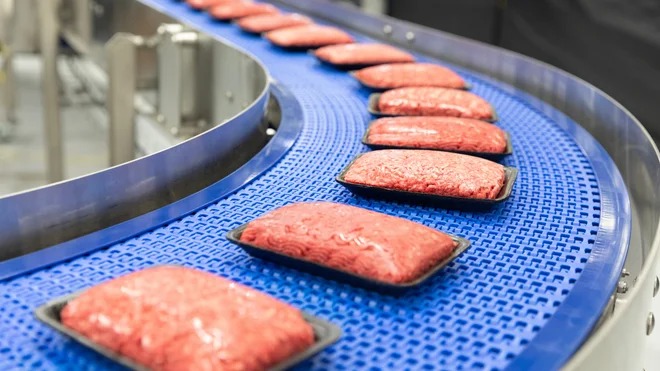
2. Challenges of Automation on Food Safety
While automation offers many benefits, there are potential challenges.
a. Technical Failures and System Security
The complexity of automation systems can lead to significant production disruptions during technical failures. Equipment malfunctions may expose meat to unsafe conditions. Thus, proper maintenance and timely updates of equipment are essential. Additionally, system security is crucial to ensure data integrity and prevent tampering or cyberattacks.
b. High Costs and Initial Investment
Although automation can lower operational costs in the long run, the initial investment can be significant. Smaller meat processing companies may struggle with funding for necessary technology upgrades. Moreover, training employees to operate new equipment safely and effectively is crucial during the automation implementation process.
3. Effective Implementation of Automation to Enhance Meat Processing Safety
a. Choosing the Right Automation Technology
When selecting automation equipment, companies should prioritize safety, hygienic design, and maintainability. Working with reputable suppliers and ensuring compliance with food safety standards is critical.
b. Regular Maintenance and Upgrades
Establish a comprehensive maintenance and upgrade plan to keep automation systems in optimal condition. Regularly inspect and calibrate equipment to prevent technical failures and ensure production efficiency.
c. Employee Training
Comprehensive employee training is vital for understanding the operation, maintenance, and safety standards of automation systems. Enhancing employees' technical skills aids in efficient equipment operation and timely identification of potential issues.
d. Establishing Emergency Response Mechanisms
Unexpected situations can occur even in automated production. Companies should develop detailed emergency response protocols to ensure quick action in case of equipment failures or food safety issues.
4. Future Outlook
As technology advances, the level of automation in the meat processing industry will continue to rise. Future automation equipment will become more intelligent, capable of real-time data analysis and self-adjustment to meet diverse production needs. This progress will further enhance food safety standards, ensuring consumers enjoy safer meat products.
Conclusion
Meat processing automation is an inevitable trend in modern food industry, significantly impacting food safety. By improving consistency, reducing human error, and enhancing hygiene conditions, automation technologies offer new opportunities for the meat processing sector. However, businesses must also be aware of potential challenges and take effective measures to ensure food safety.
Only through the thoughtful implementation of automation can meat processing companies enhance production efficiency while ensuring food safety, meeting the growing demands of the market.
Must-Read Blogs For Chain Restaurants Owner

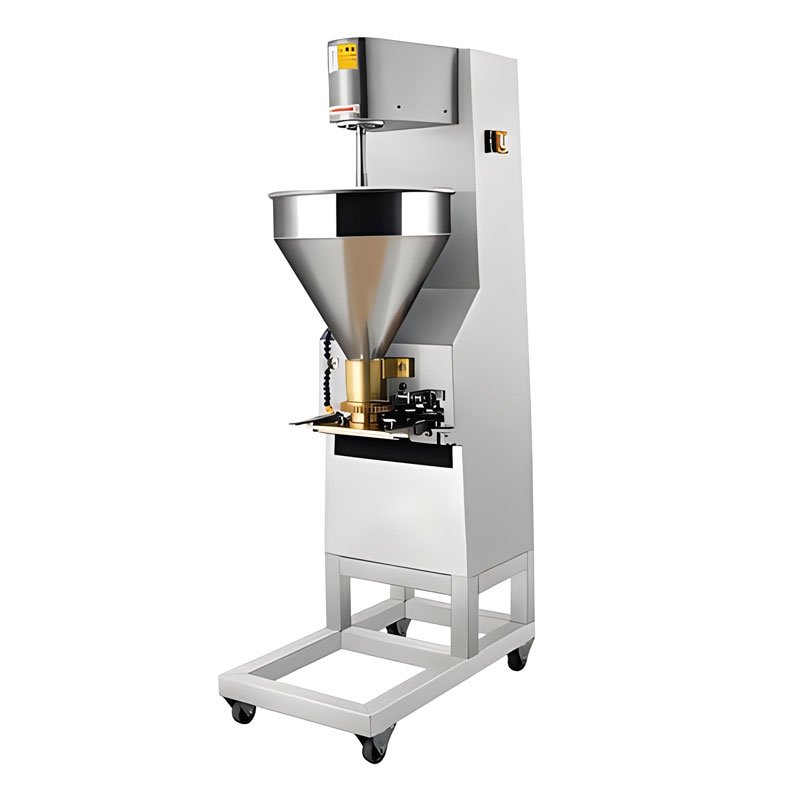
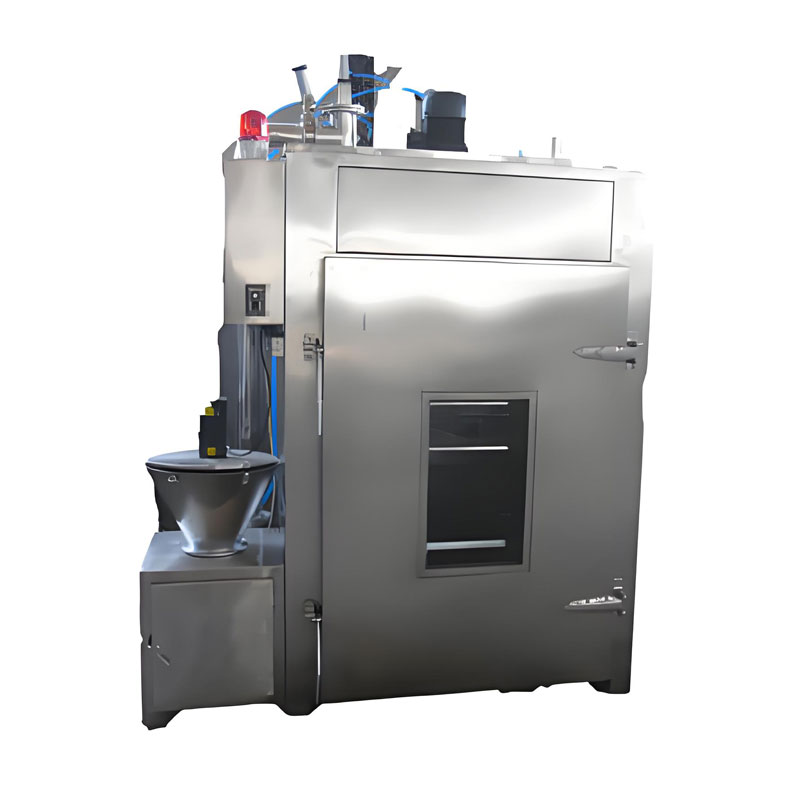
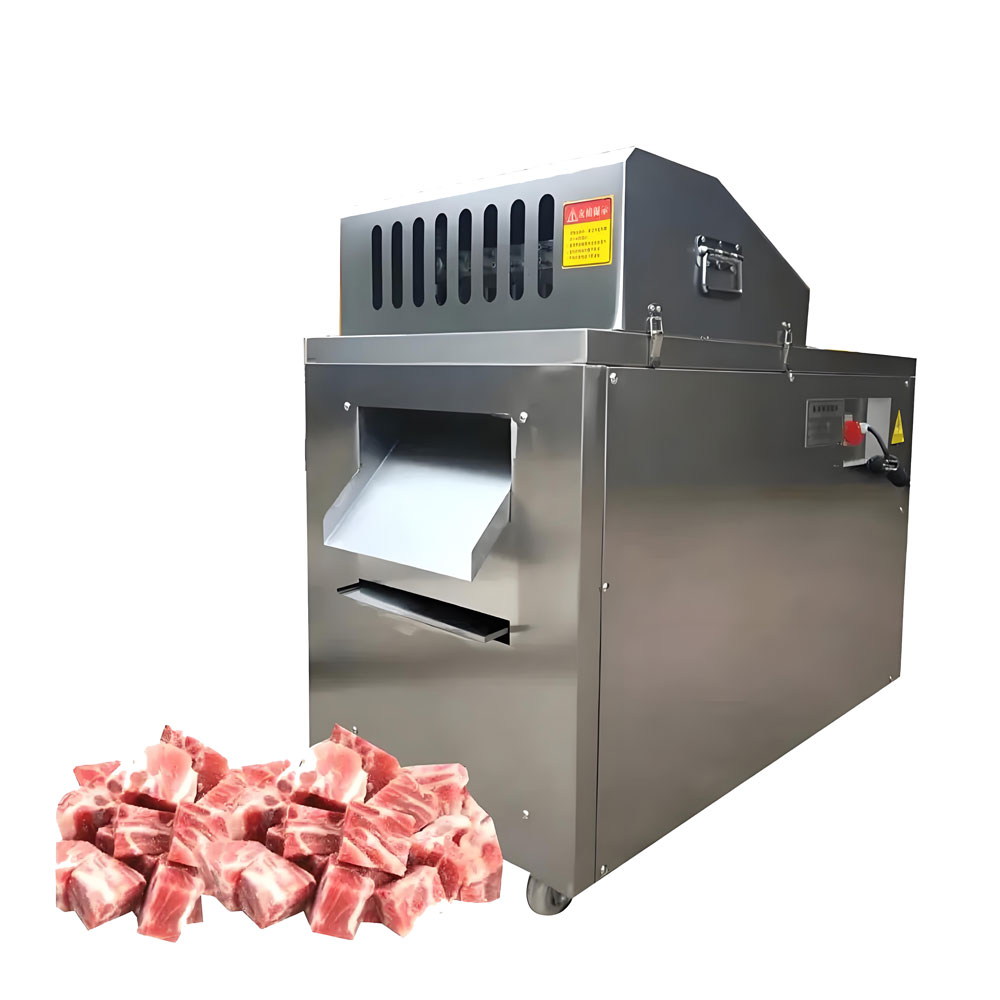
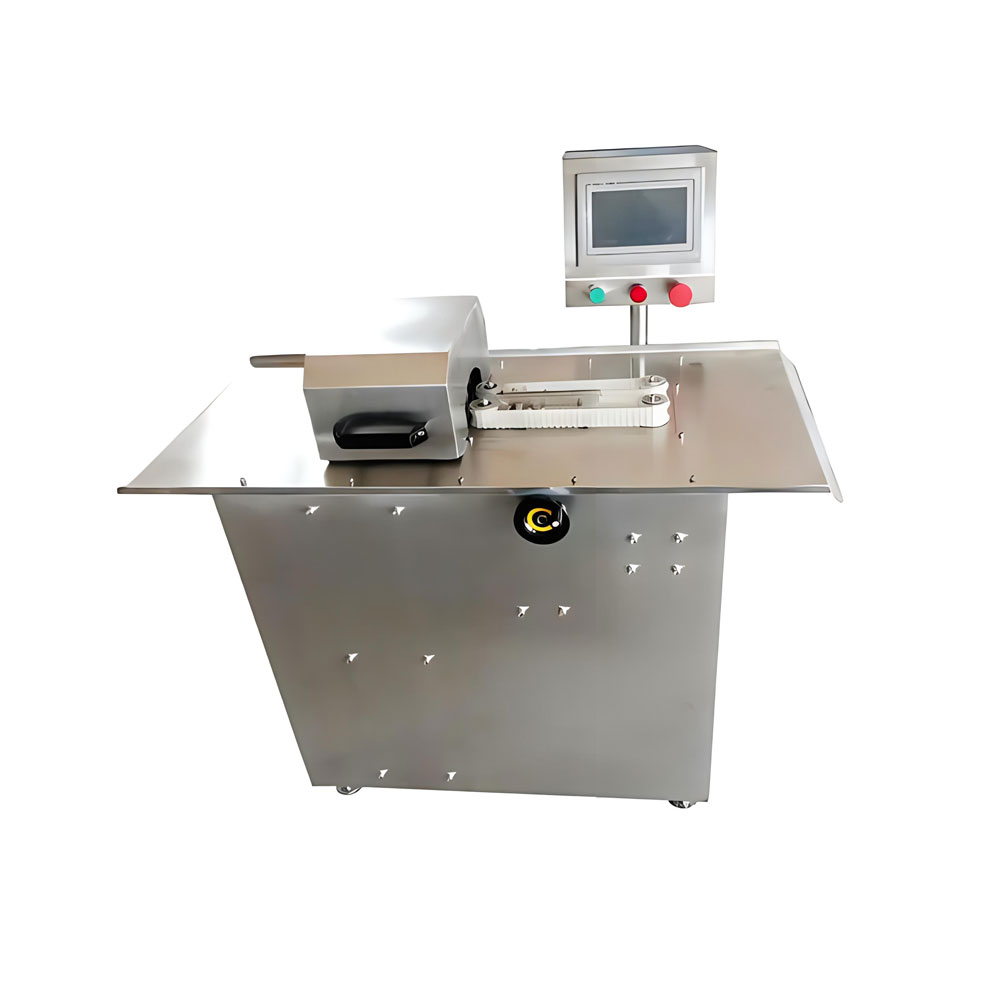
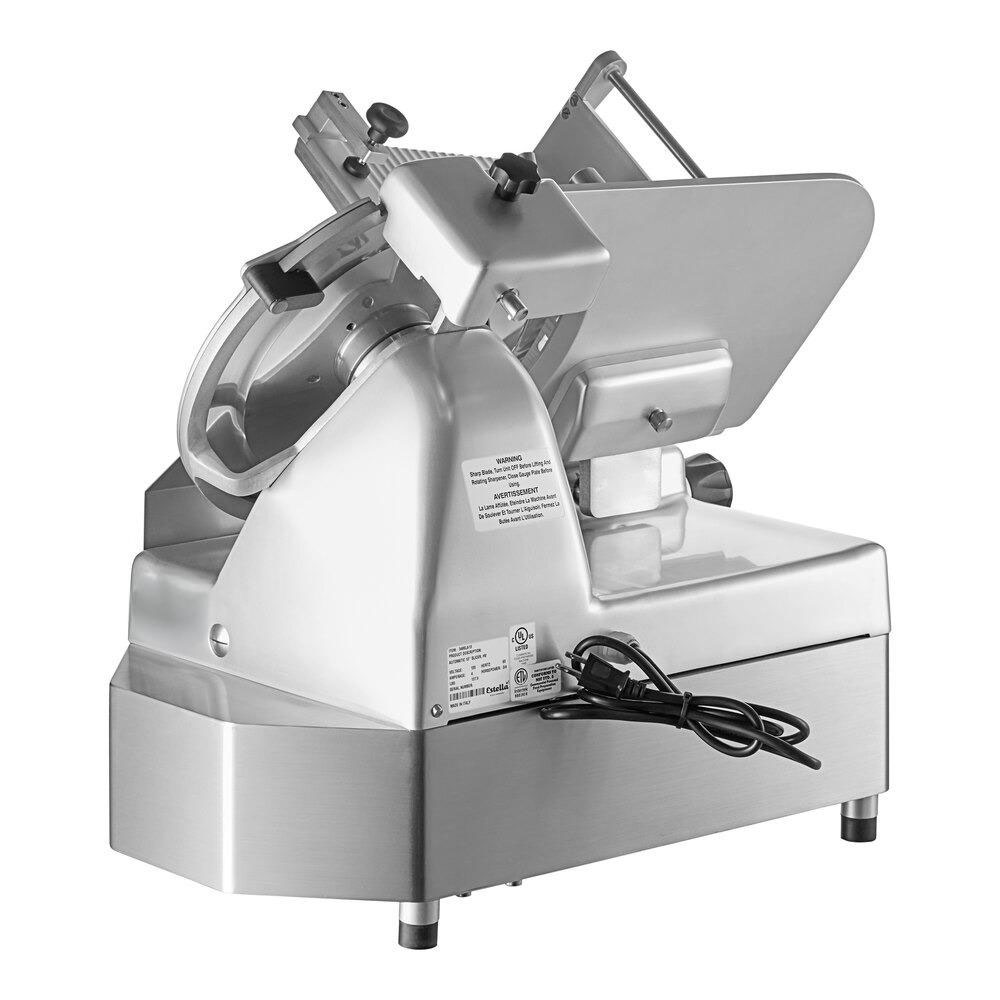
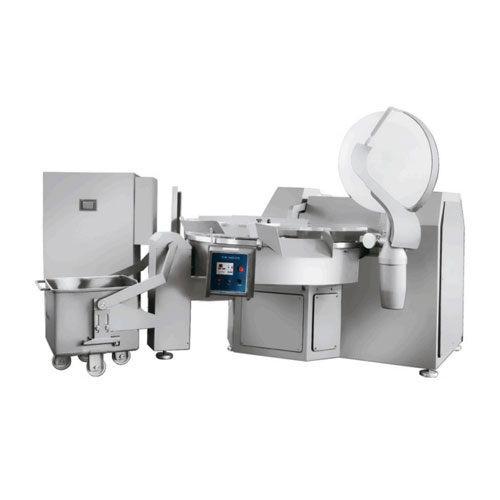
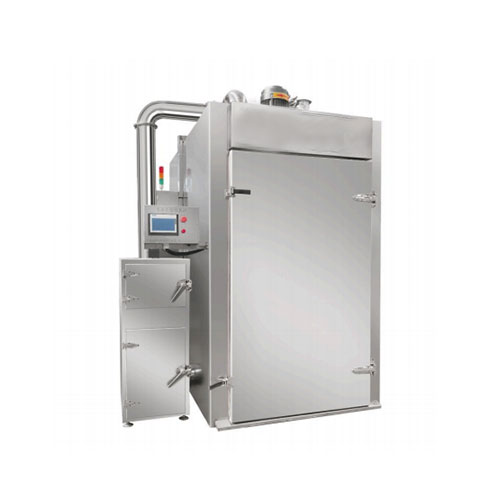
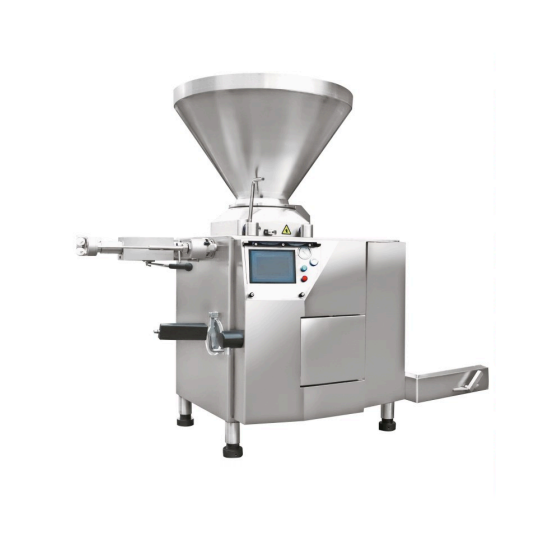
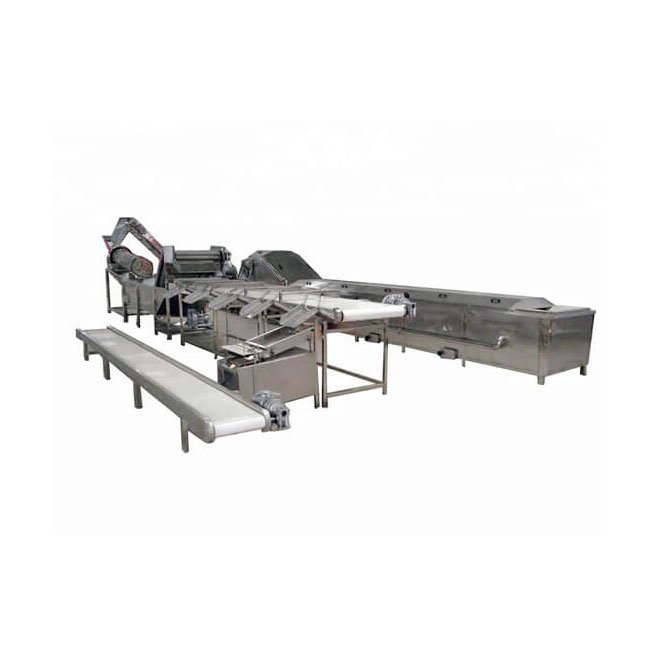
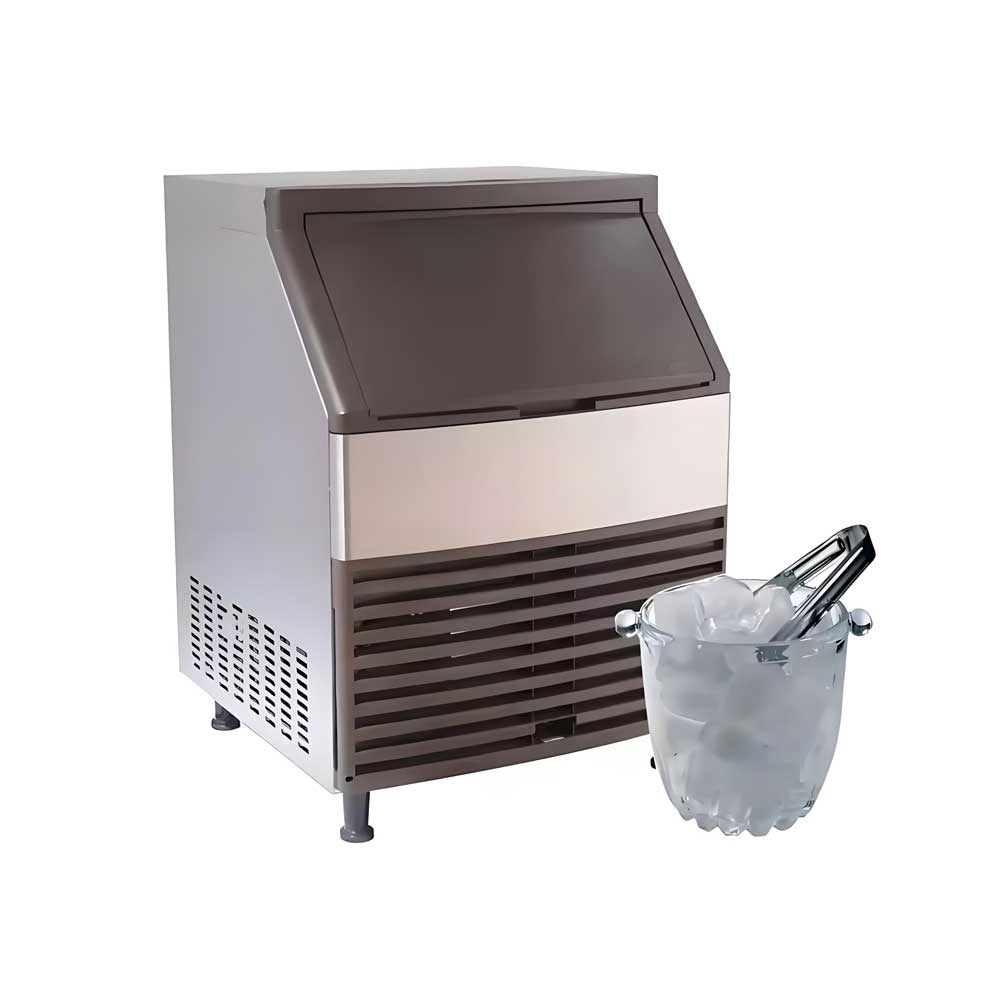
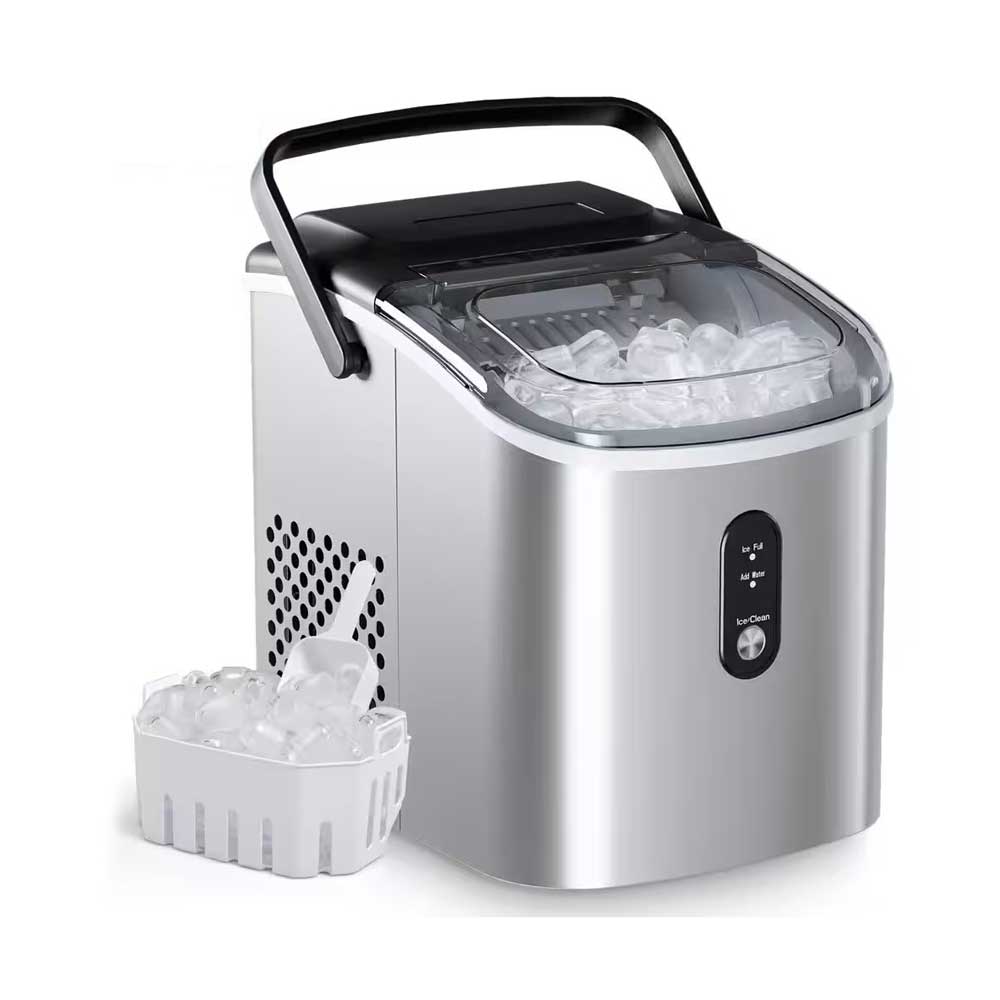 Portable Flake Ice Machine
Portable Flake Ice Machine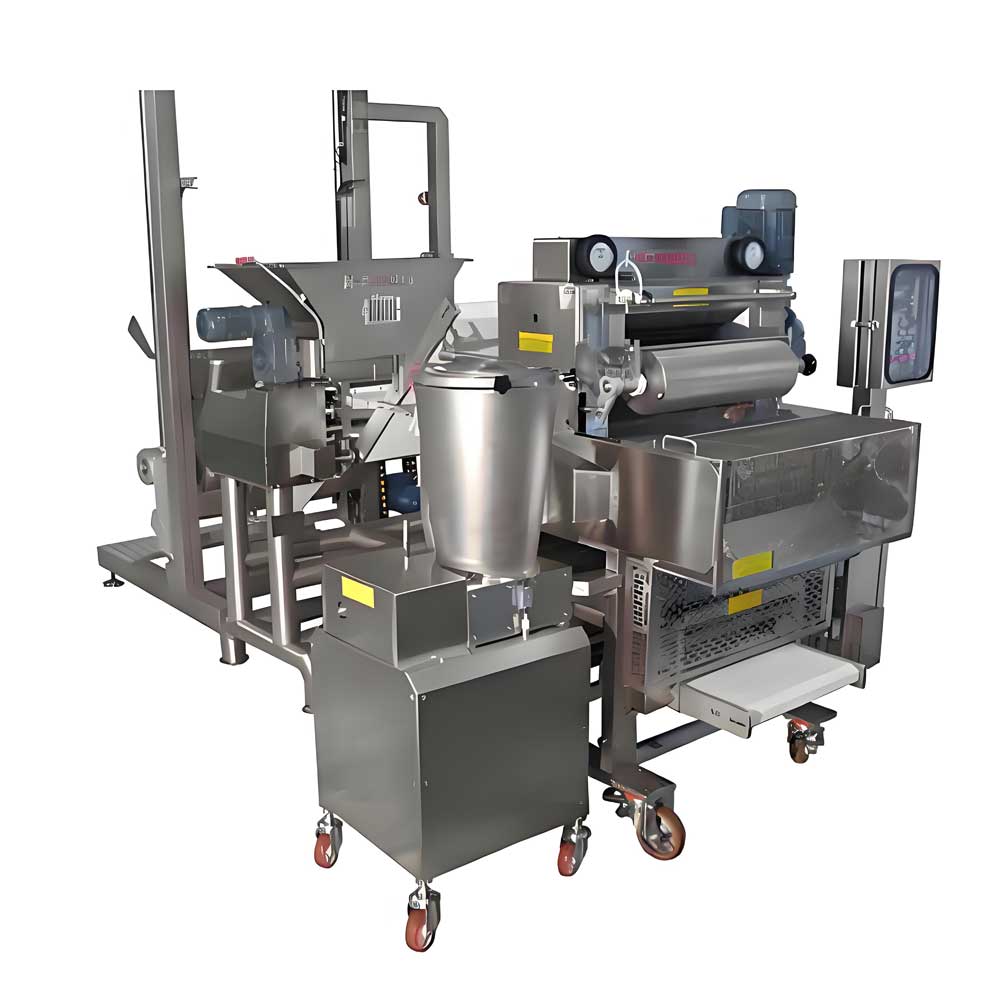 Pelmeni Making Machine
Pelmeni Making Machine
Ready to Get Started?